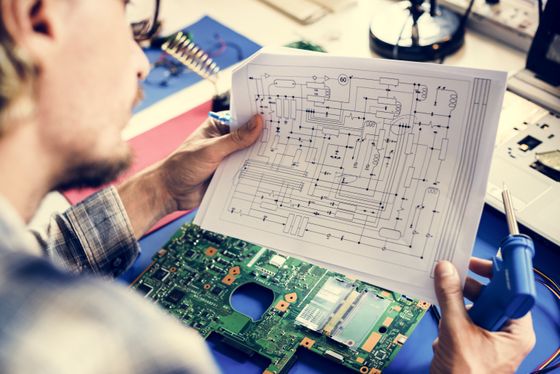What are the pros and cons of open source CPU `` RISC-V '' that has the potential to become a new generation champion?

by
Most CPUs used in PCs and servers around the world are designed with Intel's x86 instruction set architecture (ISA). Many CPUs used in smartphones and mobile phones use ARM's ARM architecture , and the CPU ISA market is dominated by two companies, Intel and ARM. Among such, the British economy newspaper The Economist is an open-source ISA RISC-V argued that the possibility to break the two companies of the stronghold has been hidden, RISC-V is a sweeping driving force behind the market And the weaknesses that must be overcome.
A new blueprint for microprocessors challenges the industry's giants-Open-source computing
https://www.economist.com/science-and-technology/2019/10/03/a-new-blueprint-for-microprocessors-challenges-the-industrys-giants
If you are a general user, you may not be aware of what the CPU is, even if you are concerned about the OS when using PC and smartphone apps. But for software developers who need to get the most out of their CPU performance, and for hardware developers who need to know what CPU their software needs, what instructions the CPU runs on It cannot be ignored. For this reason, the ISA is a standardized instruction word that can be used for the CPU and its contents.
However, ISA is not easy for anyone to use, and in order to develop a CPU using ISA, it was necessary to pay a high license fee as a royalty to manufacturers such as Intel and ARM. That's where RISC-V, an open source ISA that anyone can use for free. With the advent of RISC-V, which is not limited to the semiconductor industry that manufactures CPUs, and other industries and educational institutions can build an ecosystem across boundaries, it is expected that a new era of innovation will come.
RISC-V is expected to become a technological innovation since `` Moore's Law ''-GIGAZINE

The Economist analyzes that such RISC-V has three strengths that ISA did not have before. The first one is “no royalties required ”. The fact that there is no need to pay royalties means that it is possible to manufacture devices cheaply, so appliances and infrastructure equipment with sufficient performance will spread at a stretch, and the IoT will show further progress The Economist is watching.
The second advantage is that “ negotiation is not required to use ISA ”. In order to use ISA provided by hardware manufacturers, not only high usage fees but also long-term negotiations are required. According to The Economist, general commercial ISA licensing negotiations will take at least six months and at most two years. It takes a long time to start using ISA, and that alone is a big burden for small developers and startups. By adopting RISC-V, which does not require such negotiations, it will be possible to develop lighter footwork, so innovation can be expected to accelerate further.
The third merit is that it is “ free from the thoughts of the state and large companies ”. At the time of writing, a fierce trade war broke out between the United States and China, and both sides are reciprocating retaliation duties and export controls. As a result, Chinese technology companies, in particular, are struggling to use products created by American companies, but open source RISC-V is free from export restrictions. In fact, in July 2019, Alibaba, China, the world's largest e-commerce company, announced a CPU adopting RISC-V , and Huawei also indicated its intention to adopt RISC-V for its own CPU This trend is expected to become even more prominent in the future.

by Rawpixel
The RISC-V, which is said to be “ coming one step before the spread ” with these merits, has its drawbacks. It has a short history compared to Intel and ARM, and the architecture is not yet sophisticated. Since Intel and ARM have dominated the CPU market for decades, most existing products are optimized for these CPUs. In addition, Intel and ARM are responsible for everything from CPU development to testing and manufacturing, and can provide highly reliable CPUs to customers, so `` I will continue to maintain a certain level of competitiveness for the time being '' The Economist expects.
Based on these strengths and weaknesses, The Economist analyzes that 'RISC-V is likely to be successful in products other than PCs and smartphones first.' In addition, “Open source software was the key to the spread of smartphones in the past 10 years, but open source hardware will be the key for the next 10 years,” says open source RISC-V. Emphasized the potential of.
Related Posts:






